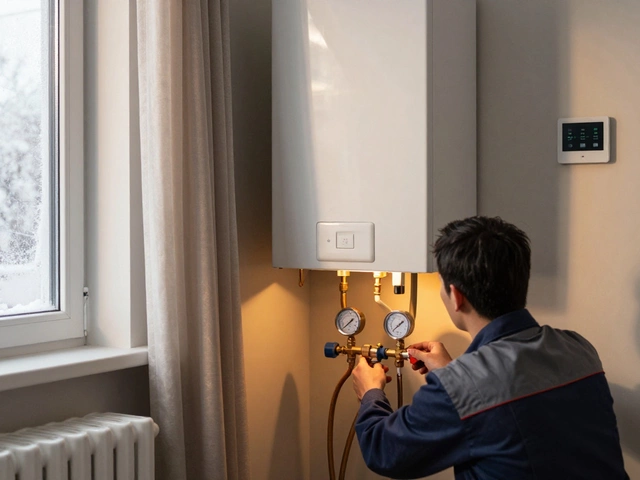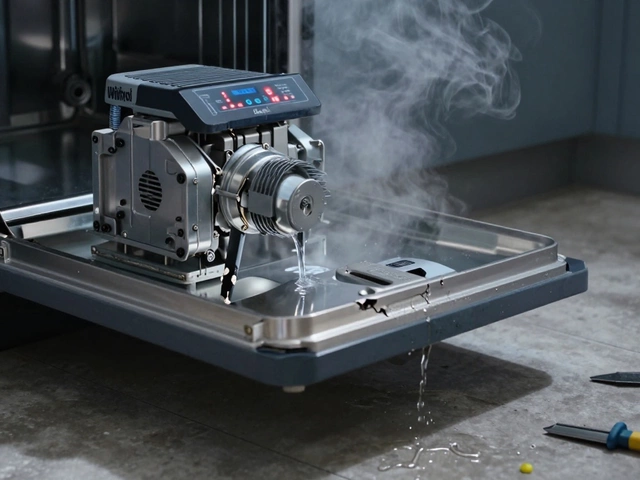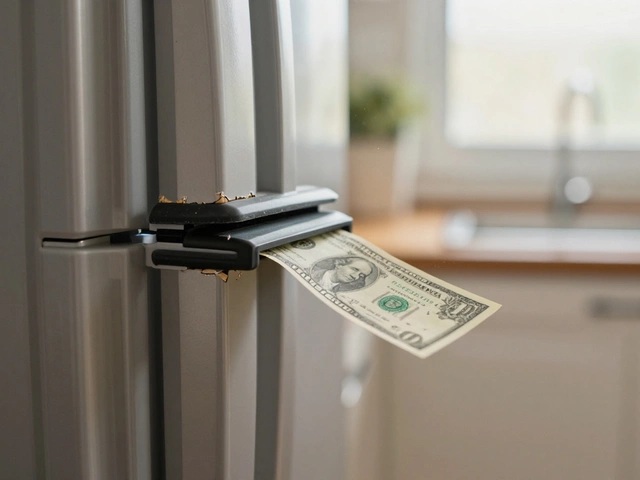Refrigerator Replacement: Simple Steps to Know When and What to Buy
Feeling a chill every time you open the freezer? Maybe it’s time for a new fridge. Replacing a refrigerator isn’t just about fixing a faulty door; it’s about saving energy, cutting bills, and keeping food fresh. This guide walks you through the whole process, no jargon, just straight talk.
When Should You Replace Your Refrigerator?
Most fridges last 10‑15 years, but a few warning signs mean it’s time to move on. If the unit is noisy, the temperature fluctuates, or you notice frost build‑up even on a frost‑free model, those are red flags. Leaking water, a compressor that runs constantly, or a spike in your electricity bill also point to a failing fridge. When repairs start costing more than a new one, throw in the towel and start looking.
Choosing the Right New Fridge for Your Home
First, measure the space: width, height, and depth of the cavity, plus a few centimeters for door swing and ventilation. Next, think about style – top‑freezer, bottom‑freezer, side‑by‑side, or French‑door. Each has pros and cons, but the best choice fits your kitchen flow and budget.
Energy efficiency matters. Look for the Energy Star label; a model that’s 15‑20% more efficient can shave £50‑£100 off your yearly electricity costs. Higher efficiency often means quieter operation and longer lifespan, so the extra upfront cost usually pays off.
Features can be tempting – water dispensers, ice makers, smart temperature controls – but only pick what you’ll actually use. Every extra function adds to price and maintenance. If you mainly store groceries and don’t need a built‑in water line, skip it.
Budgeting is key. New refrigerators range from £300 for a basic top‑freezer to £2,000 for a high‑end French‑door with all the bells. Set a realistic limit, then compare models within that range. Don’t forget delivery and installation fees; they can add £50‑£150.When the old unit is out, recycle it properly. Many retailers offer a free haul‑away service, and UK councils often have large‑appliance recycling schemes. Proper disposal not only keeps the landfill down but may also give you a small rebate.
Professional installation is worth the cost. A fridge needs level placement and proper ventilation. An experienced tech will hook up water lines safely, check door alignment, and ensure the unit starts up correctly. Trying to do it yourself can lead to leaks or electrical issues.
After it’s installed, keep the new fridge running smoothly with simple maintenance: clean the condenser coils every six months, check door seals for gaps, and avoid over‑filling shelves. A well‑maintained fridge can last 15‑20 years, giving you the best return on your investment.
Replacing a refrigerator doesn’t have to be stressful. Spot the warning signs early, pick an energy‑smart model that fits your space, and let pros handle the heavy lifting. Follow these steps and you’ll enjoy a quiet, efficient fridge that keeps your food fresh for years to come.
Is It More Cost-Effective to Fix or Replace Your Refrigerator?
- Alden Wilder
- Nov 28 2024
- 0 Comments
Deciding between repairing or replacing a refrigerator can be a challenging choice for homeowners. This article delves into the various factors that can influence this decision, including the age of the appliance, repair costs, and potential energy savings. It provides insights and practical tips to help you weigh the financial implications and advantages of each option. Learn how to make an informed choice that best suits your needs and budget. Discover key indicators that signal when it's time to let go of your old fridge.
View More




